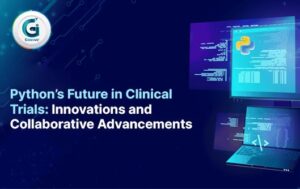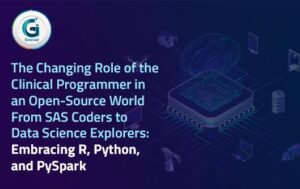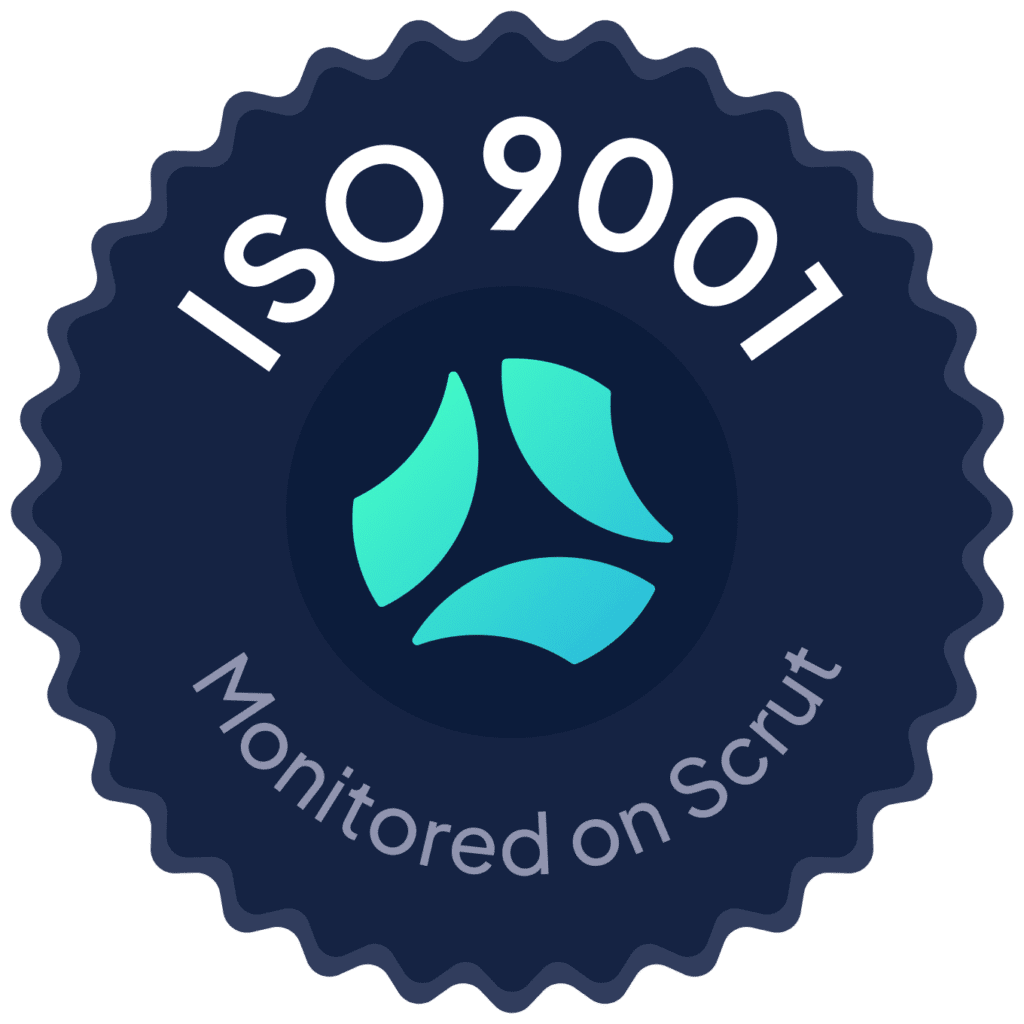In the field of medical writing, the efficient creation and sharing of accurate and high-quality scientific content is crucial. Medical writers play a vital role in creating various documents, including research papers, regulatory submissions, clinical trial reports, and educational content. However, the medical writing process can be time-consuming and complex, requiring extensive research, data analysis, and adherence to strict guidelines. In recent years, the automation has revolutionized the medical writing landscape, offering significant benefits in terms of speed, accuracy, and productivity, thus accelerating the medical writing process and transforming the industry.
How Automation helps in Saving Medical Writer’s time:
One of the most time-consuming tasks in medical writing is conducting a comprehensive literature review. Automation tools can significantly expedite this process by automatically extracting relevant information from vast databases of scientific literature. Advanced algorithms and natural language processing techniques enable tools to identify key articles, summarize their content, and extract significant data, saving medical writers hours or even days of manual review.
Automation tools can also streamline the data analysis process, which is essential for generating evidence-based content. By leveraging machine learning algorithms, these tools can analyse large datasets, identify trends, and highlight significant findings. This enables medical writers to focus on interpreting the results and drawing meaningful conclusions, rather than spending excessive time on data organization and analysis.
Advantages of Automation in Medical Writing to accelerate the process:
- Automation in maintaining the Consistency:
Consistency and adherence to guidelines are crucial in medical writing. Automation can ensure that documents adhere to specific formatting requirements, such as those outlined by regulatory bodies or scientific journals. By using standardized templates, medical writers can save time and effort in formatting documents, allowing them to focus on the content itself. Automated tools can also perform quality checks, identifying and flagging potential errors or inconsistencies, thereby improving the overall accuracy and quality of the documents. - Automation helping in collaborative work:
Medical writing often involves collaboration among multiple authors, which can be challenging to manage. Automation tools provide a centralized platform for collaborative writing, allowing multiple authors to work simultaneously on a document. These tools enable real-time editing, version control, and seamless integration of contributions, facilitating efficient collaboration and reducing the time spent on merging and reconciling different versions of the document. - Automation helping in effective communication:
In a globalized world, medical documents often require translation into multiple languages. Automation tools equipped with machine translation capabilities can accelerate the translation process while maintaining accuracy. Additionally, these tools can assist in localizing the content to adhere to cultural and linguistic nuances, ensuring that the information is effectively communicated to diverse audiences.
Conclusion
Automation has become a game-changer in the medical writing process, offering significant benefits in terms of speed, accuracy, and productivity. By leveraging advanced technologies such as machine learning, natural language processing, and collaborative platforms, medical writers can streamline tasks such as literature review, data analysis, formatting, collaboration, and translation. As automation continues to evolve, it will likely have an even more profound impact on the medical writing landscape, enabling professionals to focus their efforts on critical thinking, interpretation, and the generation of high-quality scientific content. Embracing automation in medical writing is essential for keeping pace with the rapidly advancing field of healthcare and ensuring the efficient dissemination of knowledge to benefit patients, healthcare professionals, and the scientific community as a whole.


























